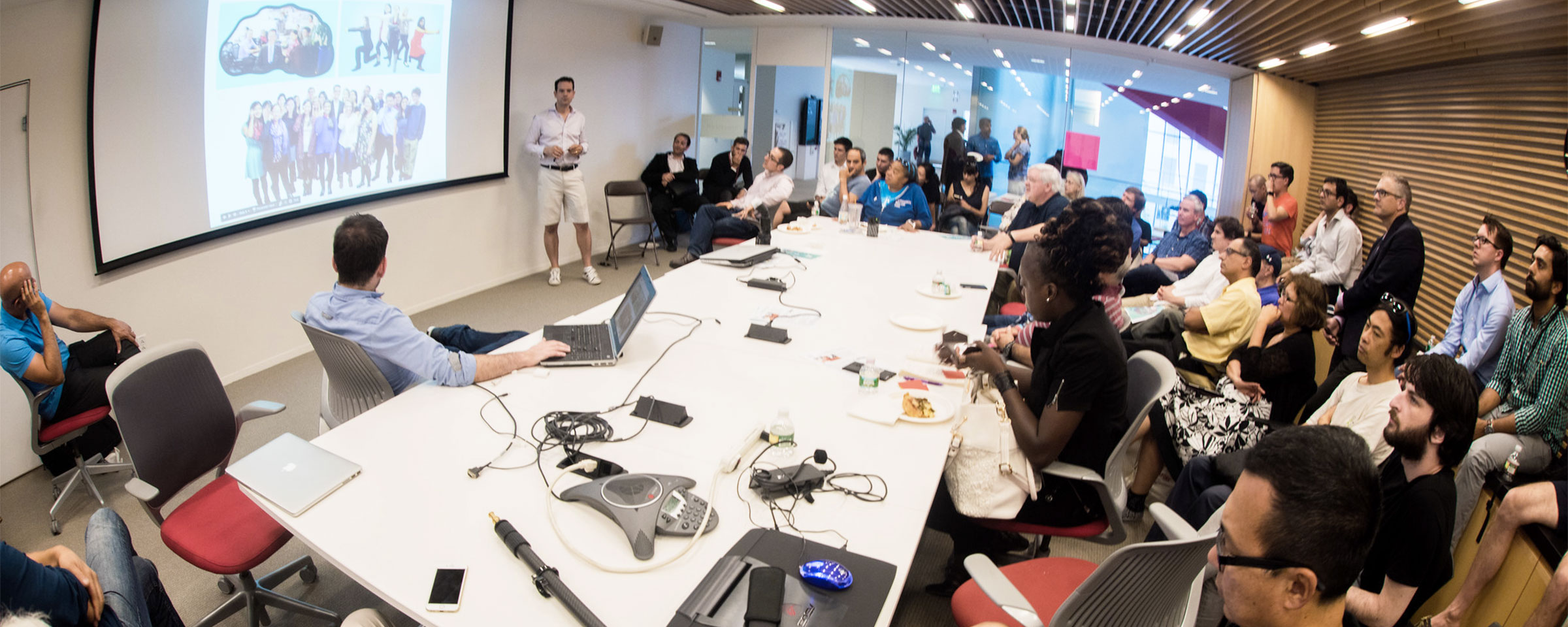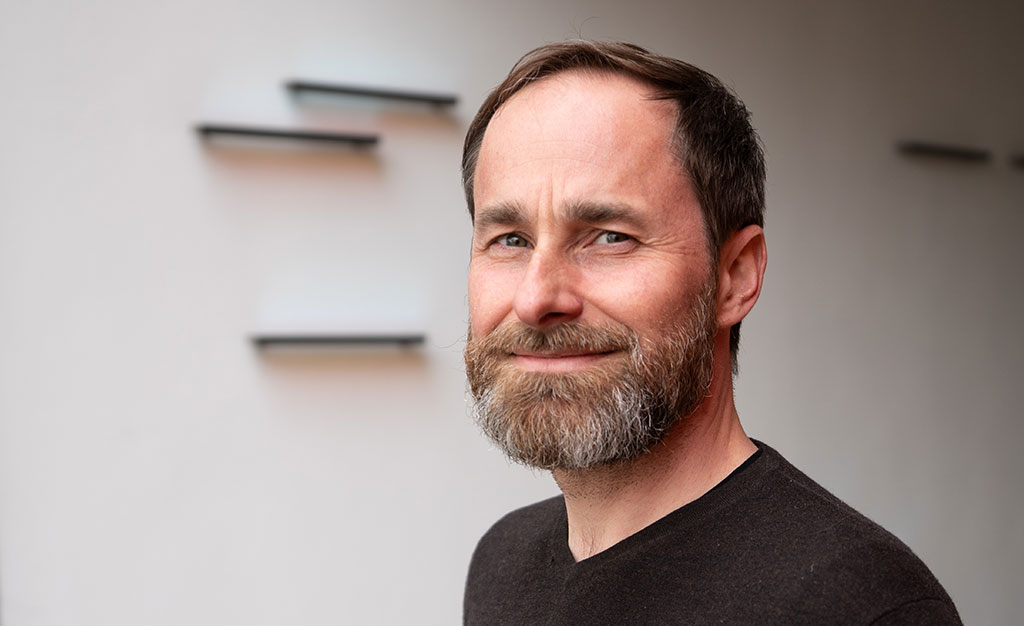
 Markus Turber
Markus Turber

31.08.2016
Advances in imaging – One week at the MIT
With a wide range of exciting projects over the last years, Intuity has a R&D tradition of working in the field of Imaging. Since we started developing a software solution for laser- and light microscopy for Carl Zeiss Microscopy, almost ten years have passed. We moved on with Carl Zeiss Industrial Metrology, Vision Care and digital endoscopy for PENTAX Medical.
Reason enough to check what our colleagues from the MIT in Boston are doing and to gain insight on the cutting edge research of Imaging. I spent one week at the Media Lab to get new inspiration by latest trends to develop future imaging strategies for our customers and partners.
During the week, we had talks and discussions with experts from industry and the researchers at the MIT. That way we got the opportunity to understand the basics of amazing computational imaging and visual mining techniques straight from the laboratory. We learned about methods helping to overcome the traditional constraints in imaging using optics, sensors, and computer vision.
It’s a kind of Motion Sickness
Augmented- and virtual reality prototypes are a part of our daily business. For our automotive clients we built a versatile prototype enabling a simpler, more authentic way of testing automotive interfaces with the help of Virtual Reality. And already got insights by our guest Dr. Christian Sandor speaking about AR at Intuity Stuttgart, some time ago. But there are still tricky challenges regarding the new generation of Head Mounted Devices (HMDs). An interesting insight is the aspect, descriped as “Motion Sickness“. The fact that a camera needs 16 ms to display an image (capture > store > display) shows that we only see things in the past. That means that every augmented visual information gets diplayed with a delay and that’s why AR interactions feel like “beeing under water“. The solution could be to predict what the user is going to do before he knows it by himself. Only then, you can call it realtime!
The stay in Cambridge was accompanied by visiting the office of Facebook. There we’ve had a talk, held by a reasearch scientist about “How AI helps to improve mapping“. Google, for example spent about 500 mio. dollar to dominate the market of commercial maps. This fact shows, how much options this sector holds ready for new business models. One impressive example is “rescuetrack“. A full-fledged system solution for rescue efforts, presented by Florian Schenk (Convexis) at our latest Lab Talk in Stuttgart.
The week was full of interesting input. Somebody said “it feels like you drink from the fire hose“ which suggests the flood of ideas and growth of knowledge that happens at the Institute. Great to have had the opportunity to meet a lot of interesting people, everyone an expert at his field. Finally with a global view on increasing imaging technologies and next cultural game changers it turned out, we are already focussing at the right issues.